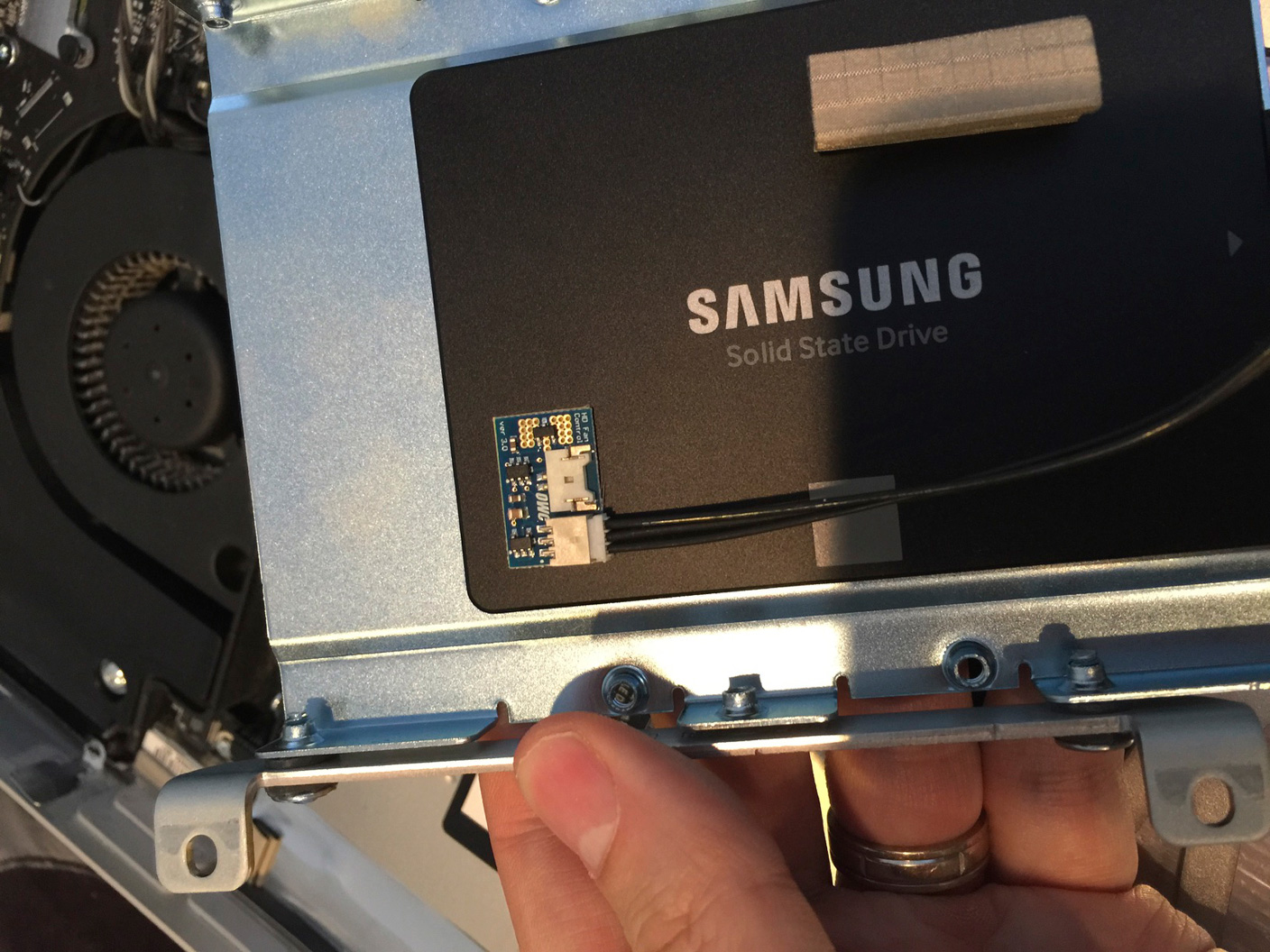

- #Finding an internal owc ssd drive for macbook pro install#
- #Finding an internal owc ssd drive for macbook pro pro#
Because Macbook Pro drive bays has a sudden motion sensor called "SMS", its function is to accidentally drop the notebook when the head in an instant recovery to prevent vibration scratched disc in the drop, can effectively protect data security.
#Finding an internal owc ssd drive for macbook pro install#
Those prices make the $0.38 and $0.29 of the 1TB and 2TB models seem almost a bargain, but a robust 1TB USB-C drive, like the Crucial X8, is closer to $0.14 per GB to put things in perspective.įor those that want beautifully engineered external storage that can provide exceptional performance in the right circumstances, the OWC Envoy Pro FX is ideal.īut only if you don’t need to pay for it yourself.Recently I purchase a Samsung Electronics 840 EVO-Series 120GB 2.5-Inch SATA III Single Unit Version Internal Solid State Drive MZ-7TE120BW, price about € 68.08, programs of this article is to buy a new SSD solid state drive to the location of the original installation CD-ROM is located.Īs for why you want to install the optical drive SSD instead of the original hard drive location? The reason is simple. The 240GB is a whopping $0.91 per GB, and the 480GB is $0.56 per GB, which is crazy. If you have Thunderbolt 3 ports or intend to add this functionality soon, then the Envoy Pro FX might well be worth your time and money.įor USB 3.2 Gen 2 connecting users, OWC makes a few less expensive options that are equally robust, and these deliver similar performance levels to the Envoy Pro FX on that interface.īut, it’s also worth saying that a modern system with Thunderbolt 3 ports and a powerful CPU is essential if you want to get the best write speeds from this device.ĭue to the high cost per GB, we can’t recommend the 240GB or 480GB options. (Image credit: Other World Computing, Inc.) Final verdict The limited options might also explain why those few available are almost all on the expensive side. The Sabrent option doesn’t have the same IP67 rating as the Envoy Pro FX and is exclusively for Thunderbolt ports, but the performance levels are comparable for significantly less money.Īlternatively, Plugable also has a Thunderbolt only external SSD with similar performance, but the pricing isn’t any better than OWC.Īs these two choices hint, the options for those that want Thunderbolt 3 performance on external SSDs is limited at this time. It’s also worth noting that Sabrent makes XTRM-Q drives up to 16TB in size if you need the extra space. One credible competitor is the Sabrent Rocket XTRM-Q, a less robust design that undercuts the pricing of the OWC Envoy Pro FX by at least $200 for the 2TB model. But those expectations need to be adjusted if you’re using it on an older or slower performance system, or you have the 250GB model.


In the right conditions with a powerful system, the Envoy Pro FX is probably the fastest external drive we’ve seen so far. However, with this feature active, some care needs to be taken when disconnecting the drive to avoid corrupting it. Once write caching was enabled, a speed of 2,336MB/s was possible on the 480GB drive. Without caching enabled, write speeds were reduced to around 1,000MB/s, though read speeds were still close to the theoretical 2,700MB/s limits. We also discovered that on our Z170 chipset motherboard and Core i5-6500 test platform, this was insufficiently powerful enough to feed the Thunderbolt bus on the 480GB capacity review drive without enabling write caching. This decrease is due to the lower number of NAND modules that reduces the throughput when writing and is an inherent problem with smaller capacity SSDs and the NAND packages they use. Where on each capacity, the read speed holds up well, on the 240GB model, the write performance is reduced to around just 1,145MB/s. Using a MacBook Pro 16 M1, the best speed achieved was 2,044 MB/s write 2506 MB reads on the 2TB capacity drive. OWC has published a collection of benchmarks that outline the speeds that can be achieved with optimal configurations.

(Image credit: Mark Pickavance) PerformanceĮxactly what speeds you can realistically expect depends on numerous factors, including the performance of your PC/Mac, if you connect with Thunderbolt or USB, device contention from other hardware on that bus, and the Envoy Pro FX the specific model.


 0 kommentar(er)
0 kommentar(er)
